All About Pool Water pH

An indicator such as pH allows you to determine the quality of water and affects chemical processes, the development of bacteria, appearance, taste, smell and many other parameters. When it comes to the pool, keeping the pH at a certain level is important for the correct maintenance of the pool and the more effective performance of the care products. To determine the pH, measurement with a tester, tablets and some other methods is used. Further, knowing what the norms are, how to lower and increase the pH, you can achieve the most favorable value of this indicator.

Norm
The optimal pH value for water in the pool is 7.2-7.4, the lower limit is considered 7.0, and the upper limit is 7.8. At this pH level, disinfection will work best and people will be comfortable swimming.
It is this acid-base balance that contributes to the normal course of both chemical and biological processes in water.
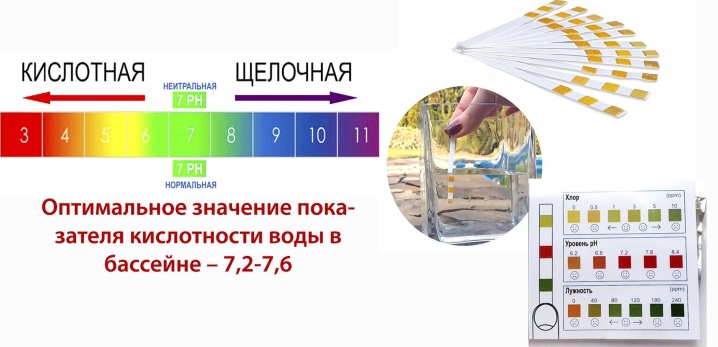
Trying to maintain balance at this level, you can:
- provide a longer service life of the equipment;
- prevent the formation of limescale;
- effectively use chemical care products;
- avoid irritation of the skin and mucous membranes of swimmers.
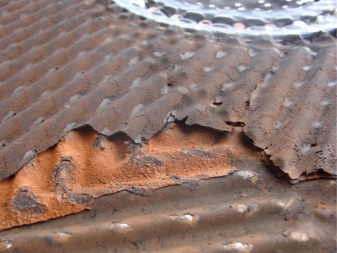
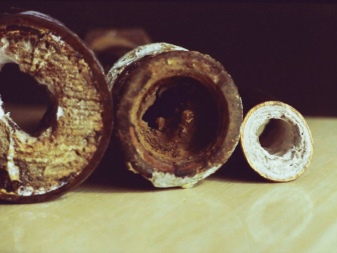
How to measure?
You can find out the pH of the water in the pool using several methods.
- Check the level with litmus strips. This method is simple and affordable, but it is not very accurate (an error of up to 1 is possible). To take a measurement, you need to lower the edge of the paper in water, and then after a few seconds remove and compare the color of the strip with the table on the package.

- Check with a special electronic device called a pH meter. Before the start of the study, water is taken in a volume of 25-30 ml, after which the device is placed in a container with water, and after a few seconds information about the sample under study will be visible on the screen of the meter. The advantages of this method are high accuracy (up to 0.1) and fast results. There are testers that additionally determine the redox potential and measure the degree of heating of the water.
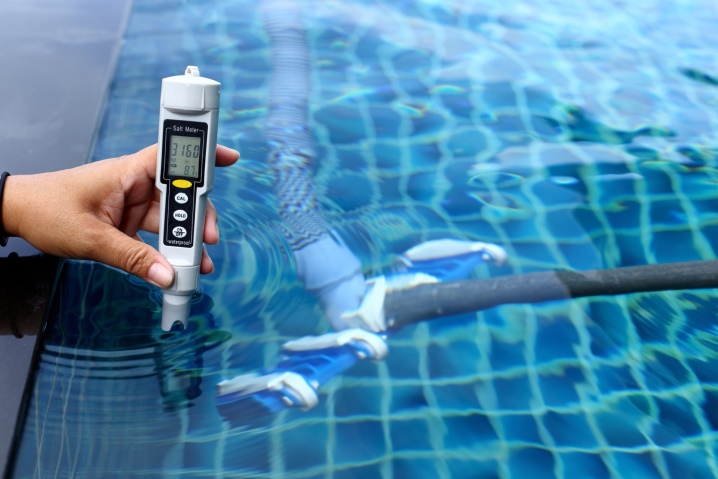
- Find out the pH using special tablets. They, like litmus, interact with a water sample, as a result of which the liquid acquires a certain color. The result is compared with the shade chart that is sold with the tablets. The method is accessible, inexpensive and clear, but, as with the use of litmus strips, it is not very accurate.
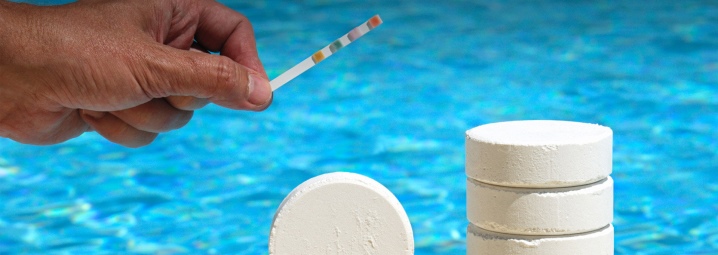
How to downgrade?
High alkalinity due to the increased pH of the water can both provoke calcium deposits on the equipment and stimulate the growth of microorganisms. High pH water adversely affects the mucous membranes and skin of people swimming. In addition, it reduces the effectiveness of the use of chemicals, which leads to additional drug costs. Outwardly, water with a high pH looks cloudy, and a precipitate often appears in it.
You can even out acidity with the help of pH-minus preparations, which are represented by powders, granules and liquids.
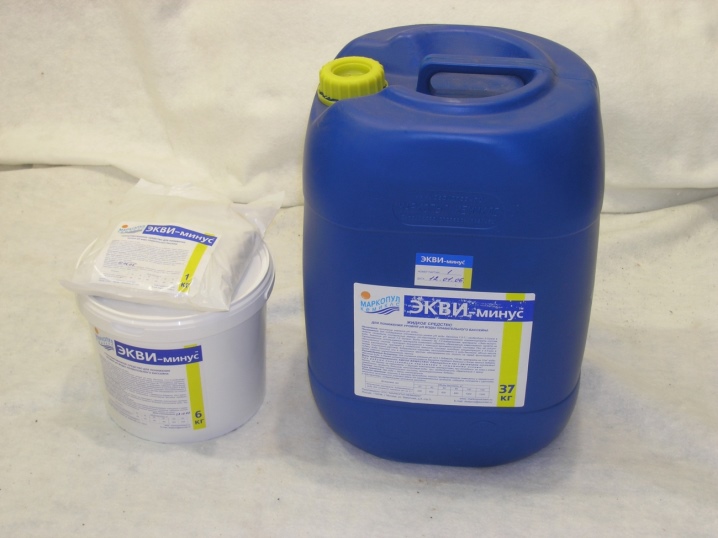
Such agents reduce the amount of CO2 in water, cause a decrease in the concentration of alkali and carbonate hardness. Most of these drugs are based on sodium bisulfate. The funds are used according to the manufacturer's recommendations, guided by the dosage table.
The granules and powder are first diluted with a small volume of water, and then the resulting solution is poured around the perimeter of the pool or into the deepest place, shutting off all filtration systems for a while. Liquid preparations are added undiluted to the bowl. When working with such chemicals, safety precautions and the use of protective equipment (glasses, gloves, clothing) are required.
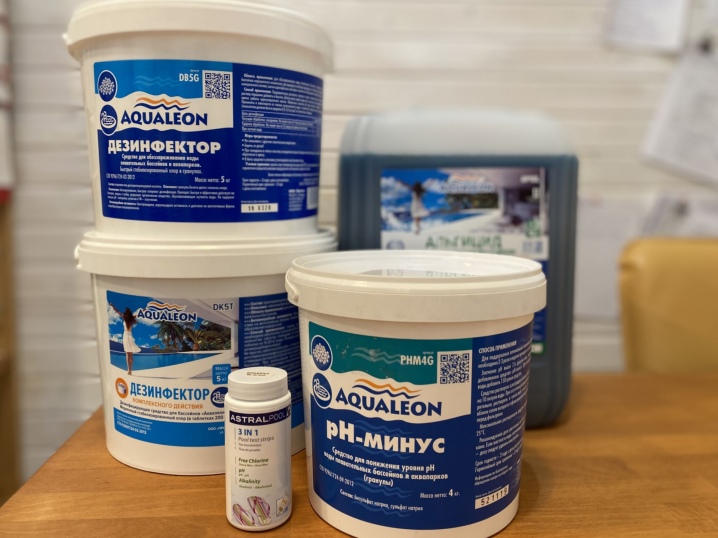
How to raise?
With a significant decrease in pH, the water in the pool has a negative effect on the equipment, causing it to corrode, as well as on the lining of the bowl. After swimming in such water, visitors complain of dryness and irritation of the skin, burning sensation in the eyes. In addition, too low a pH deteriorates the effectiveness of chlorine-containing chemicals, which is also an important reason to increase the value. Visually, water with a lower pH level looks greenish, and rust appears on the appliances.
Means that normalize pH at an underestimated indicator are called pH-plus drugs. They are available in liquid and powder forms and are based on sodium carbonate, also called soda ash.
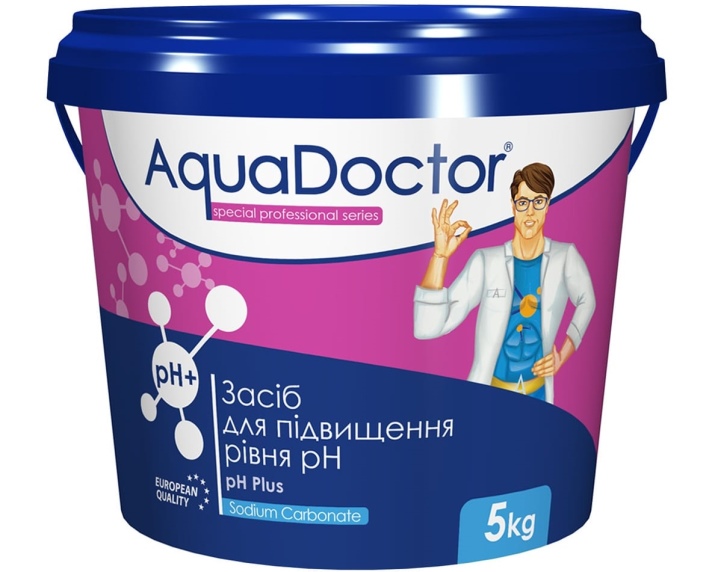
When using powders to help raise the pH, they are first diluted with cold water and then added to the dispensing tank or directly to the bowl. When working with such chemicals, it is important to monitor the dosage and follow all safety precautions. Experts recommend adding the entire required volume of the drug not immediately, but only by 3/4, and later, after testing the water again, determine the effectiveness of the product. This tactic will help to avoid an unnecessarily sharp increase in pH.



































































The comment was sent successfully.